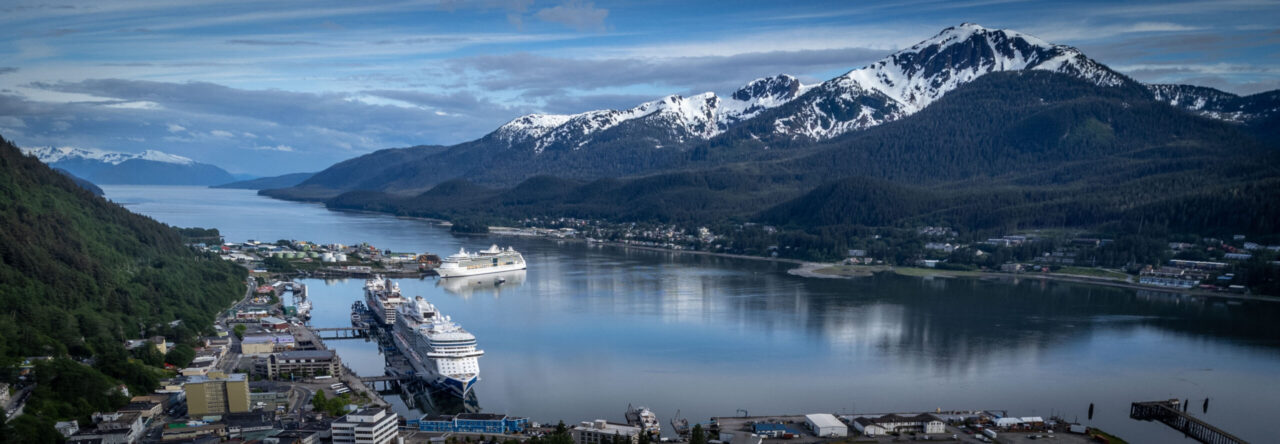
Cow grazing at LBJ Ranch
Lyndon B Johnson National Historical Park is located in Johnson City (Lyndon’s family founded the town) about half an hour from Fredericksburg. The park “tells the story of our 36th President beginning with his ancestors until his final resting place on his beloved LBJ Ranch.” (NPS).

Log cabin built by LBJ’s grandparents in the Johnson Settlement section of the park
LBJ National Historic Park is made up of Johnson’s Boyhood Home, LBJ’s grandparents’ settlement, and LBJ’s Texas White House. The areas of the park are about 14 miles apart and a car is recommended for touring the park. Adjacent to the LBJ Ranch district of the park, LBJ State Park is home to the Saur-Beckmann Living History Farm, an Olympic-sized swimming pool, hiking trails, a bison herd, and a herd of Texas Longhorns.

LBJ’s ranch is probably the highlight of this park. Driving through the ranch and being able to see descendants of the president’s cattle (top) was a pretty unique experience. The Texas White House is one of the biggest attractions of the park. The Johnsons donated their Texas home to the Park Service while they were still alive but tours of the home were not offered until Mrs. Johnson’s death in 2007. In 2008, the President’s Texas office was opened to tours. Unfortunately, it is currently closed to visitors because of structural issues in the home. Visitors are still able to view it from behind a fence and get photos of it from an awkward angle (above).

Parking at the hangar to get an up-close view of Air Force 1/2 (above) was pretty special too. Air force 1 was too large to land at the runway on the ranch so the president frequently flew a smaller JetStar to his Texas home, allowing him to continue his work away from D.C. The plane returned home to the park in 2016.
Overall, if you are in the hill country, I highly recommend a stop at LBJ National Historic Park. It will allow you to get a better picture of the 36th president (while skimming over issues regarding Vietnam) and his family history. The park is closed on Thanksgiving, Christmas, and New Years Day and is free to visit. For more information visit NPS.gov and Texas State Parks.
Thanks for stopping by! To read more about this trip, check out the Texas Hill Country Road Trip Report. To read about some of our previous trips, visit my Trips Page. If you like my photos be sure to “like” my Facebook Page and follow me on Instagram! You can purchase prints on Etsy and Fine Art America. To see inside my camera bag, check out my updated Gear Page.
Pin This:


























